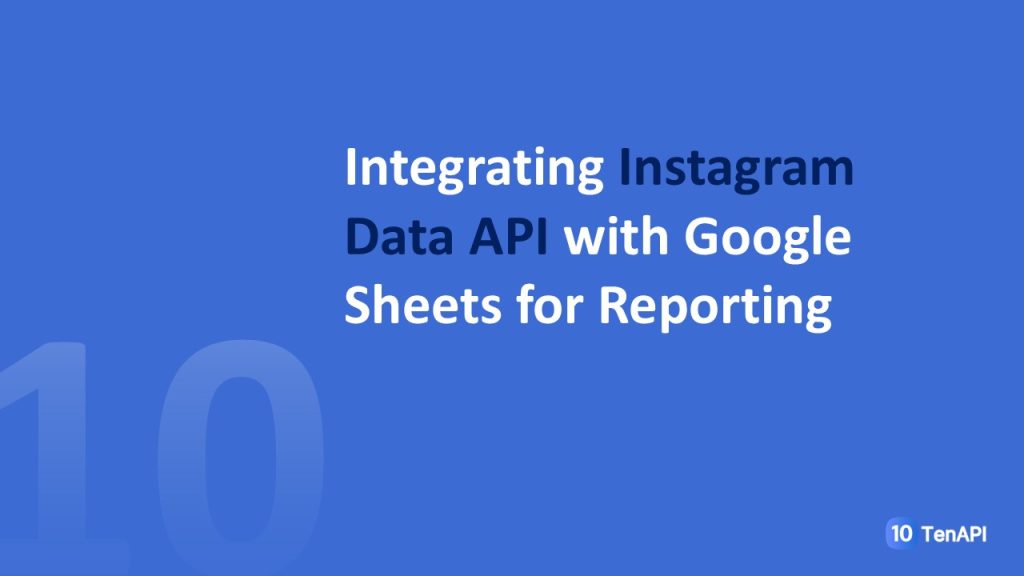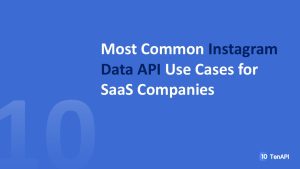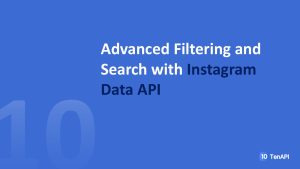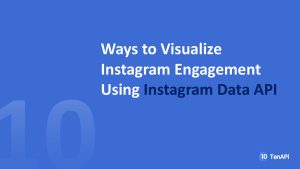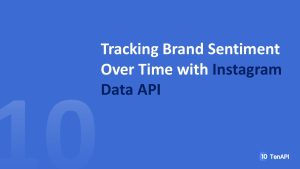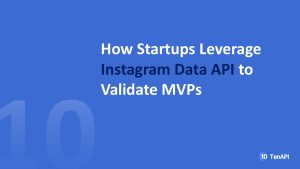Have you ever wished you could magically pull your Instagram stats straight into a Google Sheet without the tedious copy-pasting? Well, the good news is—it’s totally possible! By integrating Instagram’s Data API with Google Sheets, you can automate reporting and get real-time insights with minimal effort. In this article, I’ll walk you through the entire process step-by-step, making it easy and fun even if you’re not a tech wizard.
Why integrate Instagram API with Google Sheets?
Managing social media reports manually is like trying to catch water with your hands — frustrating and inefficient. Instagram Data API integration helps you automate this process, letting Google Sheets act as a live dashboard that updates itself regularly. No more manual data entry, no more copy-pasting errors!
Benefits of automated reporting
-
Saves time and effort
-
Ensures data accuracy
-
Enables timely decision-making
-
Facilitates data sharing with teams
Understanding Instagram Data API
What is Instagram Graph API?
Instagram Graph API is a powerful tool designed for businesses to fetch data like follower count, post insights, comments, and more programmatically. Unlike older APIs, it’s more secure and structured.
Types of data you can extract
-
Profile metrics (followers, follows)
-
Media insights (likes, comments, impressions)
-
Story and reel analytics
-
Comment moderation data
Authentication and permissions
To use the API, you need to authenticate via Facebook’s developer platform, as Instagram is owned by Facebook. This involves permissions like reading insights and managing comments.
Preparing Google Sheets for Integration
Setting up a new Google Sheet
Start with a clean Google Sheet where you want your Instagram data to appear. Organize columns like Date, Post ID, Likes, Comments, Reach, etc.
Introduction to Google Apps Script
Google Apps Script is a JavaScript-based platform to automate Google Workspace apps. We will write a script here to call Instagram API and insert data into your sheet.
Permissions and security considerations
Google will ask you to authorize the script to run. Make sure you trust your environment and never expose sensitive tokens publicly.
Getting Access to Instagram Data API
Creating a Facebook Developer account
Head over to Facebook Developers and create an account to get access to the developer tools.
Setting up an Instagram Business Account
Your Instagram account must be a Business or Creator account connected to a Facebook Page for API access.
Generating Access Tokens
Inside the Facebook Developer portal, you’ll create an app, get access tokens, and set required permissions like instagram_basic and instagram_manage_insights.
Writing the Script to Fetch Instagram Data
Basics of Google Apps Script for API calls
Using Google Apps Script’s UrlFetchApp.fetch method, we will send GET requests to the Instagram API endpoints.
Fetching data using URL Fetch Service
Write a function that calls the Instagram endpoint and retrieves JSON data about your posts or profile.
Parsing JSON responses
Once fetched, use JSON.parse() to convert data into JavaScript objects for easy manipulation.
Handling pagination in Instagram API
Instagram API often paginates results. Your script should detect next pages and loop through to get complete data.
Automating Data Updates
Setting triggers for scheduled updates
In Google Apps Script, set time-driven triggers (like every hour or daily) to refresh your Instagram data automatically.
Managing API rate limits
Be mindful of Instagram’s limits to avoid getting blocked—space out requests and cache data where possible.
Formatting and Visualizing Data in Google Sheets
Using formulas and conditional formatting
Apply formulas to calculate growth rates or averages. Use color scales or icons to highlight performance trends.
Creating charts and dashboards
Transform raw data into meaningful visuals—bar charts, line graphs, or pivot tables—to make insights pop.
Troubleshooting Common Issues
Authentication errors
Double-check access tokens and permissions if you get 401 or 403 errors.
API limit exceeded
If you hit the rate limit, your data calls will fail. Try reducing frequency or batch your requests.
Data mismatch problems
Sometimes the API returns unexpected data shapes. Debug your parsing logic and print raw responses for clarity.
Advanced Tips and Best Practices
Securing your API keys
Never hardcode tokens in publicly shared scripts; consider storing them in Google Sheets’ protected properties.
Optimizing API calls for performance
Fetch only required fields, use batch requests, and cache results to reduce API hits.
Integrating with other data sources
Combine Instagram data with Google Analytics or Facebook Ads for comprehensive marketing dashboards.
Use Cases and Practical Examples
Social media performance tracking
Monitor engagement trends over weeks or months automatically.
Campaign reporting automation
Track hashtag campaigns or promotions without manual updates.
Competitor analysis
Use Instagram API’s public data endpoints to monitor competitor performance (where permitted).
Conclusion
Integrating Instagram Data API with Google Sheets is a game-changer for marketers, analysts, and anyone who needs up-to-date social media insights without the hassle. With some initial setup, you get a powerful reporting tool that saves time and helps make smarter decisions. So, why wait? Dive into Google Apps Script today and start automating your Instagram reports!
FAQs
1. What permissions do I need for Instagram API?
You need permissions like instagram_basic and instagram_manage_insights granted via Facebook Developer app.
2. Can I use this integration with personal Instagram accounts?
No, only Business or Creator accounts linked to Facebook Pages can use Instagram Graph API.
3. How often can I update data automatically?
Google Apps Script triggers can run as frequently as every minute, but respect Instagram API rate limits.
4. What are the alternatives to Google Sheets for reporting?
Tools like Data Studio, Tableau, or Power BI can also integrate with Instagram data.
5. How secure is my Instagram data with this method?
As long as you keep your tokens private and use Google’s security features, your data is reasonably secure.

